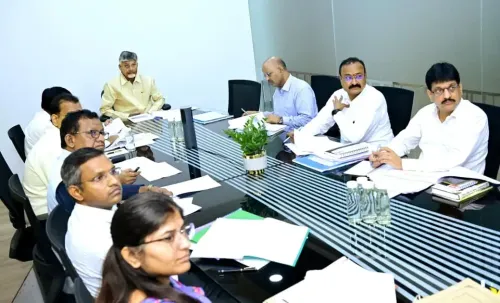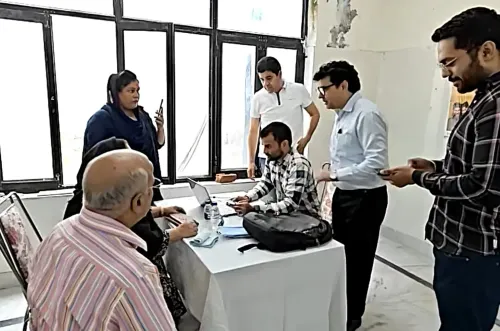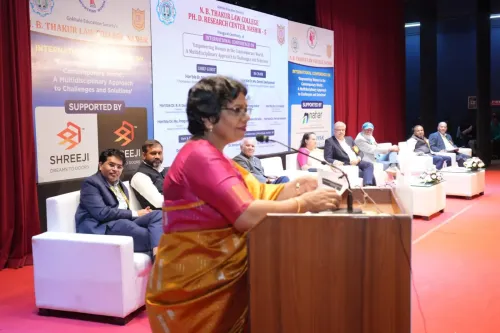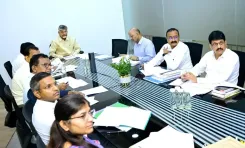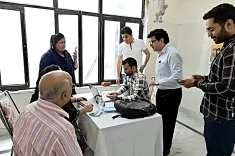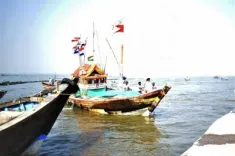Have 311 Polluted River Stretches Been Identified?
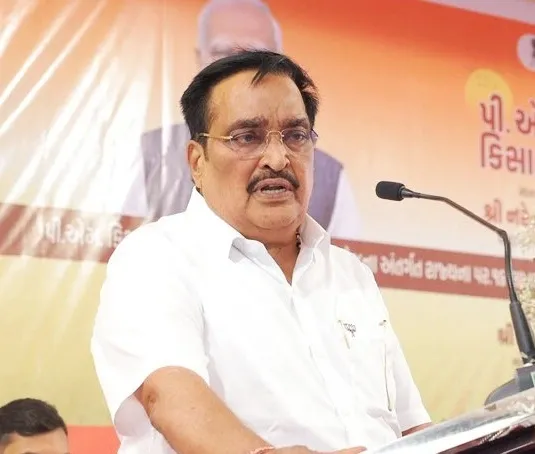
Synopsis
Key Takeaways
- 311 polluted river stretches identified across 279 rivers.
- Reduction from 351 stretches identified in 2018.
- Monitoring based on Bio-Chemical Oxygen Demand (BOD).
- Government emphasizes importance of water quality monitoring.
- 4,736 locations monitored nationwide for water quality.
New Delhi, Aug 7 (NationPress) The Central Pollution Control Board (CPCB) has identified a total of 311 polluted river stretches (PRS) across 279 rivers, as reported to the Lok Sabha on Thursday.
This identification was based on monitoring data focusing on Bio-Chemical Oxygen Demand (BOD), which serves as a key indicator of organic pollution levels.
In a written response, Minister of Jal Shakti, C.R. Paatil, noted that the number of PRSs has decreased from 351 identified in 2018 to 311 in 2022 across 30 States/Union Territories.
He mentioned that 106 PRSs have been removed from the list, while improvements in water quality were observed in 74 polluted river stretches in 2022 compared to the 2018 report, addressing inquiries from Bhausaheb Rajaram Wakchaure and Bharti Pardhi.
Minister Paatil explained that the CPCB has been conducting this identification process since 2009, utilizing river water quality data collected periodically over the years.
“To date, the CPCB has released four periodic reports in 2009, 2015, 2018, and 2022,” said the Minister.
Regarding the effectiveness of current water quality monitoring methods, including real-time monitoring stations and manual sampling, he stated, “These mechanisms, which include manual sampling under the National Water Quality Monitoring Programme (NWMP) and Real-Time Water Quality Monitoring Stations (RTWQMS), have been crucial in monitoring and managing river water pollution nationwide.”
The CPCB currently oversees water quality assessments at 4,736 locations across the country, which includes 2,155 locations on 645 rivers.
He clarified that the CPCB utilizes data from manual monitoring conducted under the NWMP for identifying PRS.
These monitoring stations assist in evaluating polluted river stretches and formulating action plans for improvement, he added.
To enhance the surveillance network and ensure data accuracy and transparency, the Minister outlined, “Water samples are analyzed for surface and groundwater parameters as per the Guidelines for Water Quality Monitoring, 2017, issued by the Ministry of Environment, Forest and Climate Change.”
Water samples are examined in laboratories accredited by the National Accreditation Board for Testing and Calibration Laboratories (NABL) to guarantee precision, and the CPCB conducts annual audits of monitoring locations under the NWMP through its Regional Directorates.
State Board laboratories participate in the Analytical Quality Control (AQC) conducted by CPCB for proficiency evaluations, followed by posting water quality data on the CPCB website.


